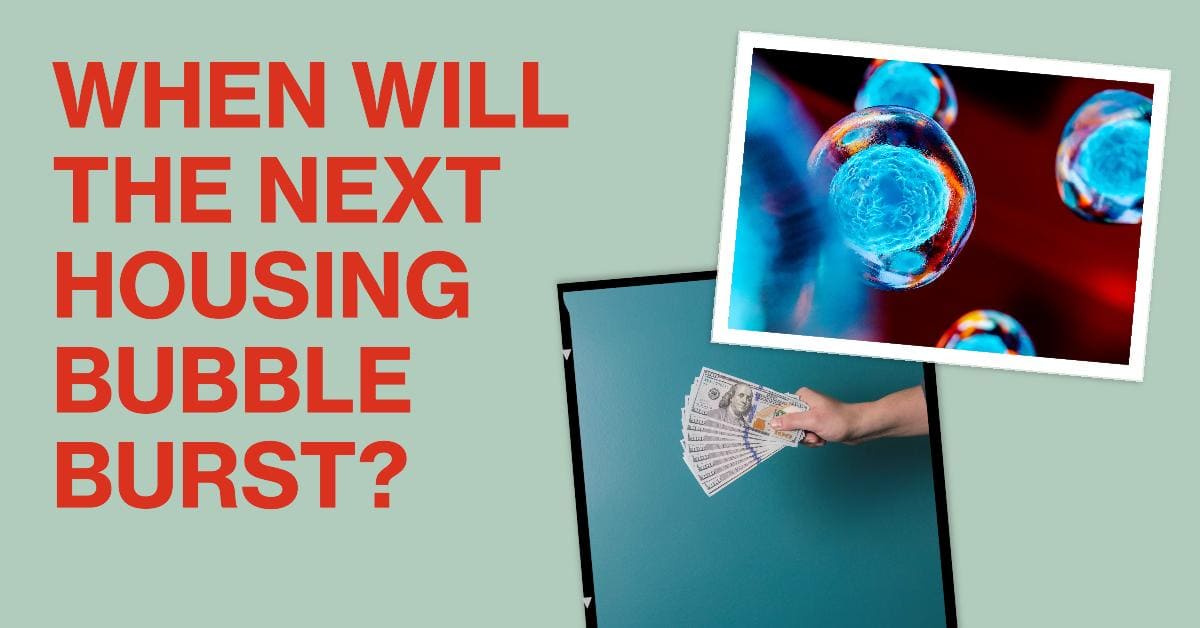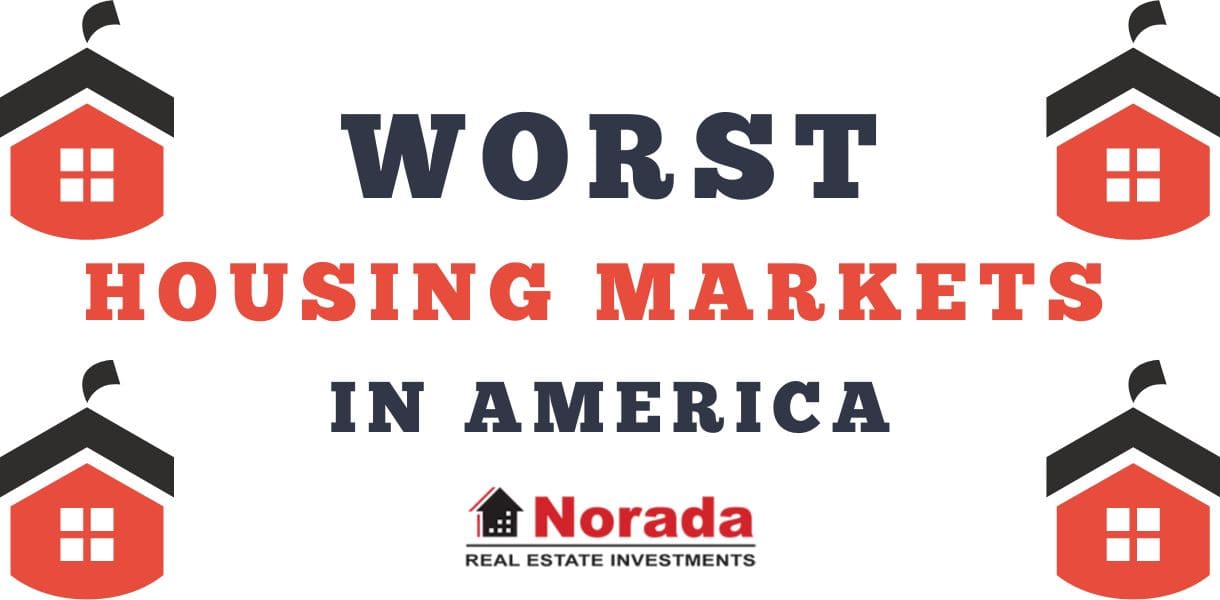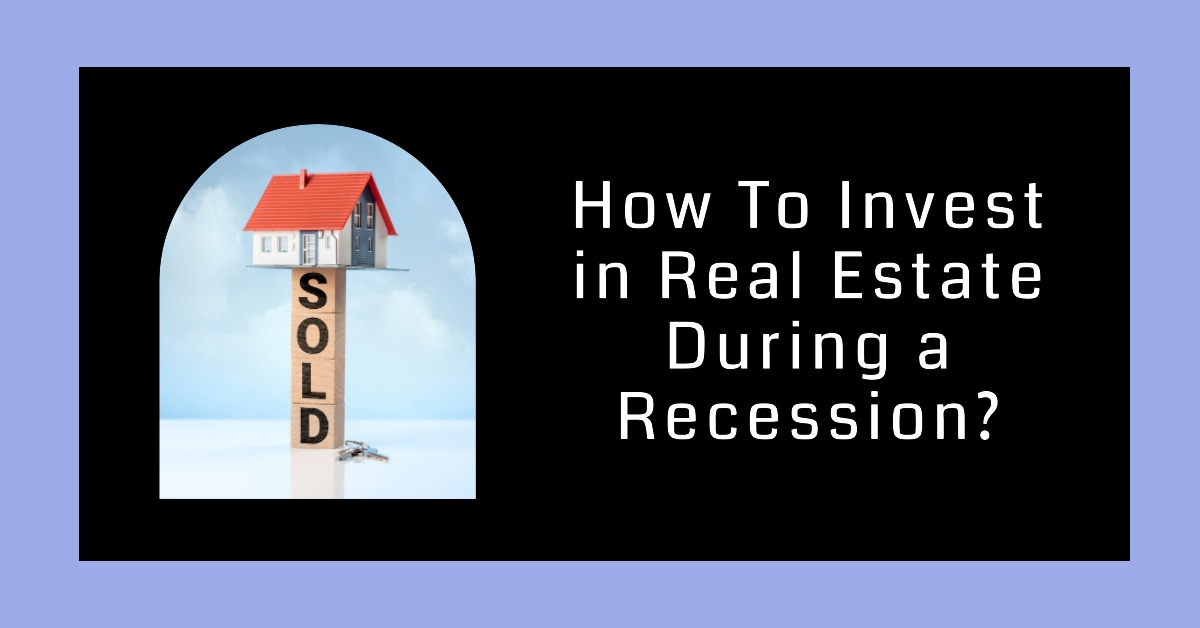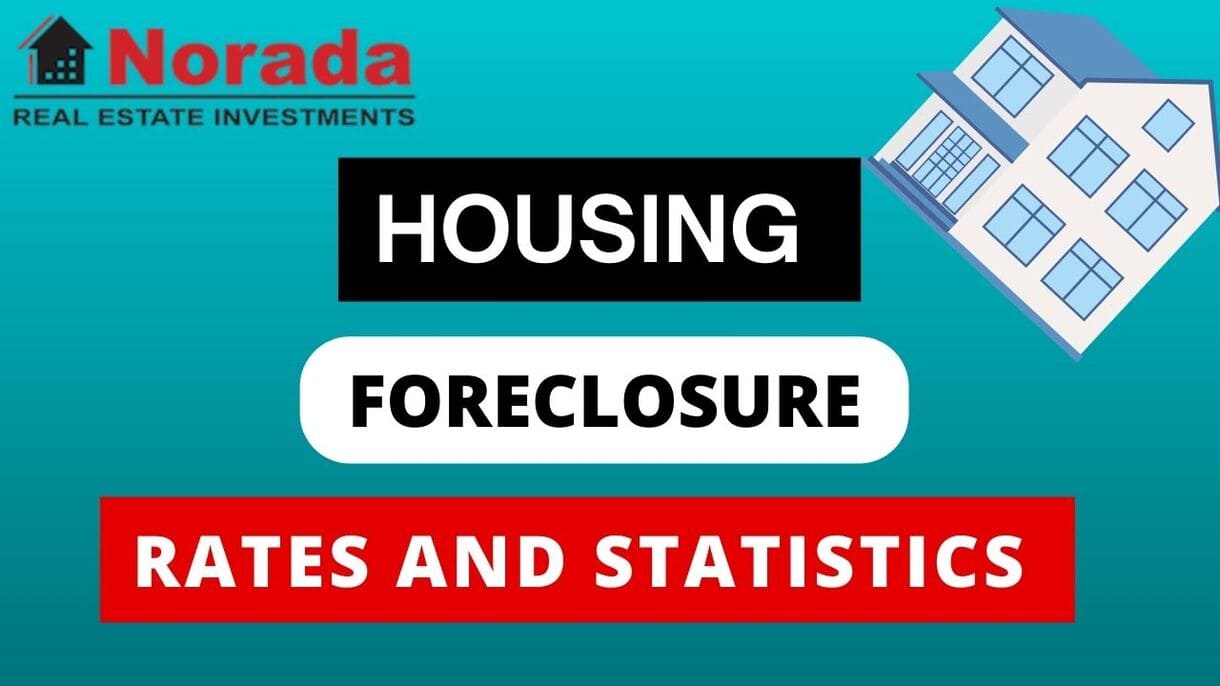The question of when the next housing bubble will burst in the United States is a complex one, fraught with economic variables and market speculations. It's a topic that captures the attention of homeowners, investors, economists, and policymakers alike. The housing market is a critical component of the national economy, and its health is indicative of broader economic trends.
In recent years, the US housing market has experienced significant fluctuations, with periods of rapid price increases followed by stagnation or decline. The term “housing bubble” refers to a situation where house prices are driven by speculation rather than underlying economic fundamentals, leading to an unsustainable increase in prices that eventually “bursts,” causing prices to plummet.
When Will The Next Housing Bubble Burst?
Several experts have weighed in on the future of the US housing market, offering predictions and analyses based on current trends and historical data. While there are warning signs of a potential bubble, most experts expect the housing market to come back into balance without a crash. The Federal Reserve Bank of Dallas, in a 2022 report, identified signs of a “brewing U.S. housing bubble,” but also noted that the sharp increase in home prices alone does not indicate a bubble.
U.S. News provides a more long-term outlook, suggesting that the housing market will experience a gradual thaw with added challenges over the next few years. They predict that existing home sales will rebound as mortgage rates decline, and home prices should stabilize due to a lack of supply. J.P. Morgan Research expects home prices to moderate in the second half of 2023, reversing most of the gains earlier in the year and ending the year flat compared to 2022.
Uncertain Timing
It's important to note that predicting the exact timing of a housing bubble burst is inherently uncertain. Economic conditions, government policies, global events, and consumer behavior all play a role in shaping the housing market. While experts can provide educated guesses based on available data, unforeseen factors can always influence the market's trajectory.
Prudent Measures
For those concerned about the potential for a housing market downturn, it's advisable to stay informed about market trends, consult with financial advisors, and consider one's own financial situation and risk tolerance before making significant real estate decisions. Ultimately, the housing market is cyclical, and while downturns can be challenging, they are also natural parts of the market's ebb and flow.
While there are varying opinions on the state of the US housing market and the potential for a bubble burst, the consensus among experts is that a dramatic crash is not imminent. Instead, the market is expected to adjust and stabilize over time. As always, vigilance and prudence are key for anyone navigating the real estate landscape.
Identifying the Signs of a Housing Bubble
A housing bubble is a period marked by an abnormal increase in housing prices fueled by high demand, speculation, and exuberant spending rather than by fundamental economic factors. Recognizing the signs of a housing bubble is crucial for investors, policymakers, and the general public to mitigate potential risks associated with a market downturn. Here are some key indicators that suggest the presence of a housing bubble:
Key Indicators
- Rapid Price Increases: One of the most evident signs of a housing bubble is when home prices escalate at a rate that far exceeds the average income growth. This kind of surge is unsustainable in the long run as it leads to homes becoming unaffordable for the average buyer.
- High Levels of Household Debt: When households take on more debt than they can handle, often due to the availability of easy credit, it's a warning sign. A high debt-to-income ratio can lead to financial strain and, eventually, to a market correction.
- Speculative Buying: A market where a significant number of purchases are made with the intention of selling at a higher price, rather than living in or renting out the property, indicates speculation. This “investment” approach can inflate prices artificially.
- Credit Expansion: Easy access to credit can lead to more buyers entering the market, which drives up demand and prices. However, if lending standards are lowered too much, it can lead to a bubble as buyers may not be able to sustain their mortgage payments if interest rates rise or their financial situation changes.
- Fear of Missing Out (FOMO): When buyers rush into the market due to a fear of missing out on rising property values, it can lead to a frenzy that pushes prices up further. This behavior often detaches the housing prices from their true economic value.
- Government Policies: Sometimes, government incentives to promote homeownership can lead to increased demand and contribute to a housing bubble. Subsidies, tax incentives, and other policies designed to make buying a home more accessible can have unintended consequences if not carefully managed.
- Economic Growth and Employment: A strong economy and low unemployment can lead to increased demand for housing. However, if this demand is not matched by supply, it can contribute to a bubble as more people have the means to purchase homes, driving up prices.
- Bidding Wars: In a heated market, bidding wars for available houses are common. Buyers compete to outbid each other, often paying well above the asking price, which can further drive up market values.
Caution and Preparedness
It's important to note that while these signs can indicate a housing bubble, they do not guarantee that a burst is imminent. Housing markets are complex and influenced by a myriad of factors. However, being aware of these signs can help stakeholders make more informed decisions and potentially avoid the pitfalls of a housing market crash.




